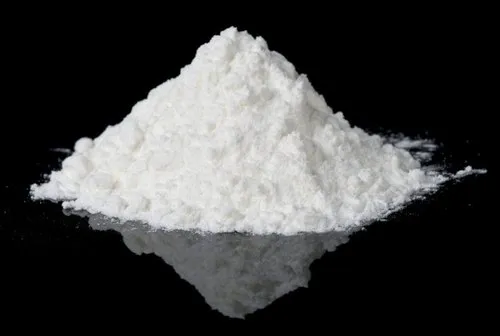The effect of common minerals on plastic filling modification

Filling modification of plastics refers to a type of composite technology that adds low-cost fillers to resin to reduce the cost of polymer products. Its primary purpose is often to reduce costs. But since it is filling modification, it is also possible to improve certain properties after filling.
In thermoplastics, filling can improve the heat resistance, rigidity, hardness, dimensional stability, creep resistance, wear resistance, flame retardancy, smoke elimination and degradability of composite products, and reduce the molding shrinkage rate to improve Product accuracy; in thermosetting plastics, in addition to the aforementioned performance improvements, some resins are essential reinforcing materials in processing, such as unsaturated resins, phenolic resins and amino resins, which all need to be filled and reinforced.
Common modification properties of fillers
① Improve the rigidity of composite materials: specifically reflected in performance indicators such as flexural strength, flexural modulus, and hardness. The higher the silica content in the filler, the more obvious the rigidity modification effect will be. The order of rigidity modification of various fillers is silica (increase by 120%) > mica (increase by 100%) > wollastonite (increase by 80%) > barium sulfate (increase by 60%) > talc (increase by 50%) > Heavy calcium carbonate (increased by 30%) > light calcium carbonate (increased by 20%).
② Improve the dimensional stability of composite materials: specifically reflected in reducing shrinkage, reducing warpage, reducing linear expansion coefficient, reducing creep, and increasing isotropy. The order of dimensional stability effects is spherical fillers > granular fillers > flaky fillers >Fibrous filler.
③Improve the heat resistance of composite materials: The specific performance index is the heat deformation temperature. For example, the heat deformation temperature increases with the increase of talc powder content.
④ Improve the thermal stability of composite materials: Inorganic powders can absorb and promote analyte substances to varying degrees, thereby degrading the degree of thermal decomposition. In addition, inorganic fillers can also improve the wear resistance and hardness of composite materials.
Special modified properties of fillers
The reason why it is called the special modifying properties of fillers is that some fillers have and some do not have these modifying functions. The same filler may or may not have modifying functions under different conditions.
① Improve the tensile and impact properties of composite materials: Inorganic powder cannot always improve the tensile and impact properties of composite materials. It can only be improved when special conditions are met, and the improvement is not large. After the inorganic filler reaches a certain fineness, the tensile strength and impact strength of the composite material can be improved if the filler surface is well coated and a compatibilizer is added to the composite system.
② Improve the fluidity of composite materials: Most inorganic powders can improve the fluidity of composite materials, but talc powder reduces the fluidity of composite materials.
③ Improve the optical properties of composite materials: Inorganic powder can improve the covering, matting and astigmatism of composite materials. For example, titanium dioxide is a typical inorganic pigment with strong covering power.
④Improve the environmentally friendly combustion performance of composite materials: First, inorganic powder materials can make composite materials burn thoroughly, because cracks will occur during combustion and increase the oxygen contact area; second, inorganic powder materials can absorb some toxic gases when composite materials burn, Reduce toxic gas emissions; third, inorganic powder improves the thermal conductivity of composite materials, making combustion faster and shortening combustion time.
⑤ Promote the flame retardancy of composite materials: Not all inorganic powders are helpful for flame retardancy. Only inorganic powders containing silicon elements can help improve the flame retardancy and can be used as flame retardant synergists. The specific reason is that when silicon-containing materials are burned, a barrier layer can be formed on the surface of the combustion material to reduce the probability of oxygen contacting the material surface.
⑥ Optimize other properties of composite materials: nucleating agent function. When the particle size of talc powder is less than 1 μm, it can act as an inorganic nucleating agent in PP. To block infrared rays, inorganic powders containing silicon such as talc, kaolin, and mica all have good infrared and ultraviolet blocking properties.
